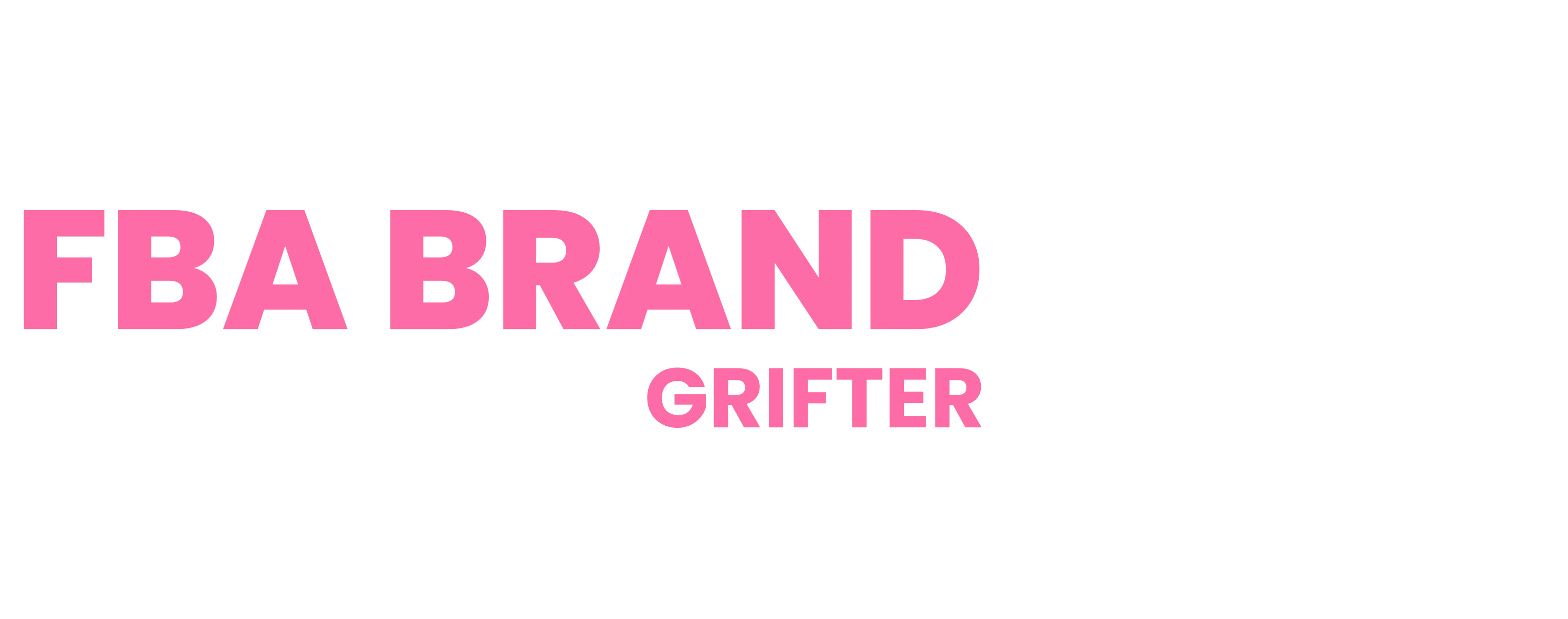When you invest thousands in an Amazon FBA mentorship program, you expect top-notch guidance, right? You’re not just looking for motivational pep talks—you’re paying for real, actionable advice that can help you succeed in one of the toughest marketplaces out there. But what happens when the advice you get feels… underwhelming?
We’ve taken a close look at some of the weekly calls led by Jordan, a mentor for Darren Campbell’s FBA Brand Builder program, and honestly, the results are concerning. Let’s break down what was asked, what Jordan said, and—more importantly—what a real Amazon FBA expert should have said.
Struggling with Stranded Inventory
What was asked: A participant wanted to know how to fix stranded inventory and ensure compliance for child-related products.
What Jordan said: He basically passed the buck, telling the participant to “contact Amazon support” or check in with someone else named Andrew. He didn’t provide any steps or even explain what “stranded inventory” really means.
What a real expert would know: Stranded inventory happens when your products are stuck in Amazon’s warehouse but aren’t available for sale. This could be due to listing errors, incomplete information, or account issues.
What they should have said:
“To fix stranded inventory, log into your Seller Central account, go to the ‘Inventory’ tab, and click ‘Fix Stranded Inventory.’ The error codes there will tell you what’s wrong—common issues include missing ASINs or suspended listings. If you need help, contact Seller Support with all the SKU details.
For child-related products, you’ll need a Children’s Product Certificate (CPC). You can request this from your manufacturer, who will need to test the product for compliance. Look into ASTM or CPSC standards—they’re critical for these products.”
Jordan’s vague advice left the participant to figure this out themselves—hardly the expert guidance you’d expect.

How Do You Differentiate Products?
What was asked: A participant wanted tips on how to stand out in the crowded Amazon marketplace.
What Jordan said: He suggested simple changes like tweaking packaging colors or bundling “generic items like pens or stickers.” Not exactly game-changing advice.
What a real expert would know: Product differentiation is all about filling a gap in the market. It’s not just slapping on a different color or throwing in freebies—it’s about understanding customer needs and improving the product experience.
What they should have said:
“First, dig into your competitors’ reviews using tools like Jungle Scout or Helium 10. What are customers complaining about? If their biggest gripe is poor durability, you can improve your product’s materials.
If you’re bundling, make sure the items actually add value. For example, if you’re selling a blender, include a recipe booklet or reusable smoothie cups. This makes the bundle feel thoughtful, not random.”
Throwing in a pen or sticker might look good in theory, but it rarely solves a customer’s problem—or justifies a higher price tag.
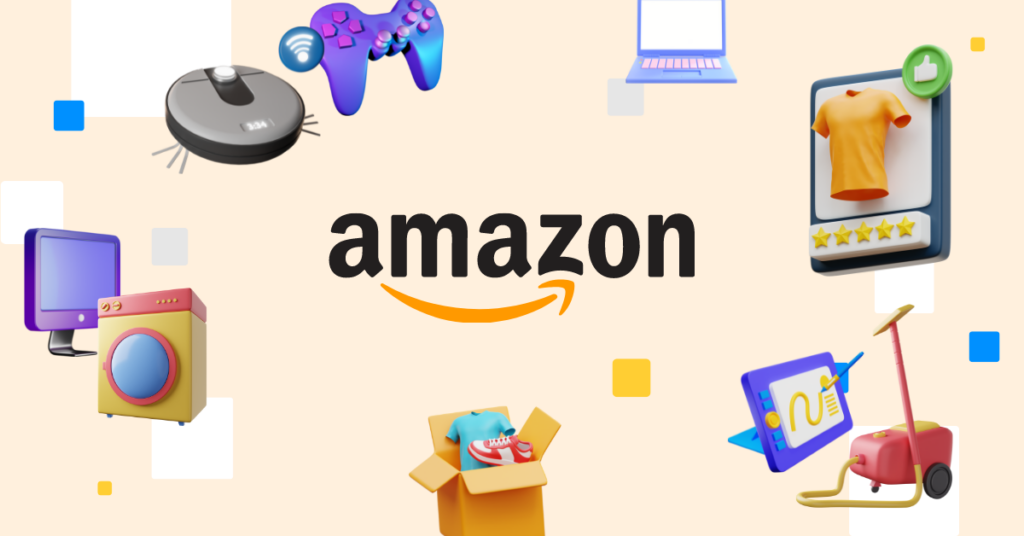
Launching Products and Using PPC
What was asked: Is January a good time to launch, and should PPC ads be used during the launch phase?
What Jordan said: He suggested launching in January to avoid holiday competition and recommended skipping PPC at first—offering no alternative strategies for building momentum.
What a real expert would know: Timing your launch depends on your product. January can work for certain niches (like fitness or self-improvement), but it’s not a one-size-fits-all answer. PPC is also a critical part of any launch—it helps you gain visibility in those crucial first weeks.
What they should have said:
“If your product isn’t seasonal, January can be fine. Use tools like Google Trends or Seller Central to study demand patterns for your category. If your product is evergreen, like kitchen tools or organizers, launching after the holidays can help you avoid stiff competition.
As for PPC, it’s vital. Start with a low-budget automatic campaign during your first two weeks. Let Amazon collect data on the best-performing keywords, then switch to a manual campaign targeting those terms. PPC gives you the visibility you need to gain sales and reviews early.”
Skipping PPC altogether during a launch is like opening a store in the middle of nowhere and hoping customers will somehow find you.
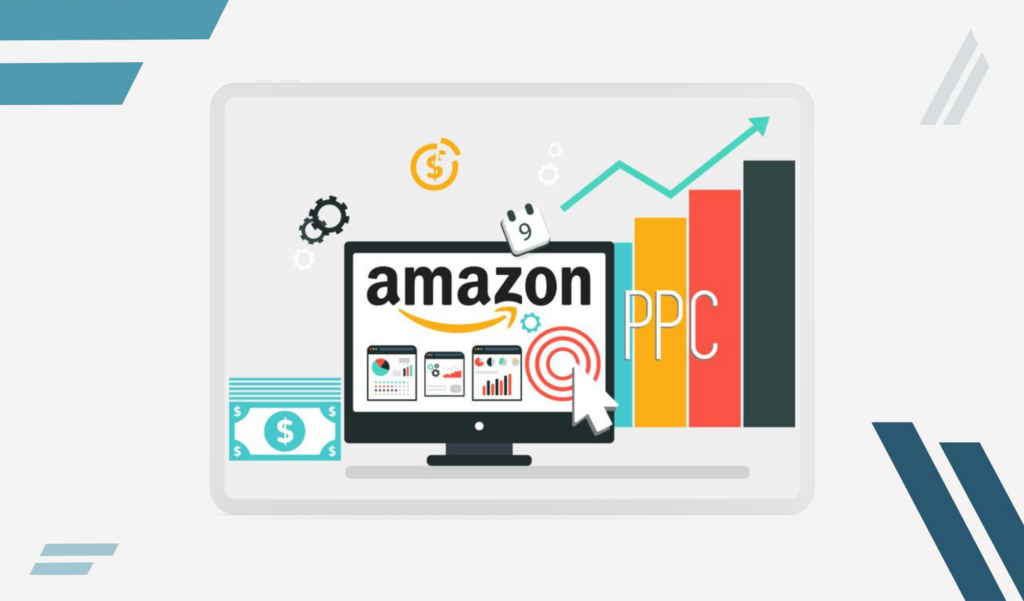
The Weight Discrepancy Question
What was asked:
A participant noted that their product weights, as reported by their supplier, fluctuated slightly (5.5 to 5.8 kilograms). They wanted to know if this was normal and if they should be concerned about shipping implications.
What Jordan advised:
Jordan guessed the discrepancy “wouldn’t be something that worries me” but admitted he didn’t know much about the product or its components. He advised the client to “query the supplier” and “look into it further.”
What an expert would know:
An experienced mentor would immediately address how weight discrepancies can affect shipping costs, fulfillment fees, and even product listing accuracy on Amazon. They’d suggest clarifying with the supplier whether the weights include packaging or accessories and might offer practical steps like testing samples or using shipping calculators to estimate costs.
What an expert would say:
“This fluctuation might affect your Amazon FBA fees, which are tiered based on weight and dimensions. I’d recommend getting the exact weight for the packaged product. Double-check this with your supplier and compare it to Amazon’s Small and Standard Size Tier charts to ensure you’re not hit with unexpected fees.”
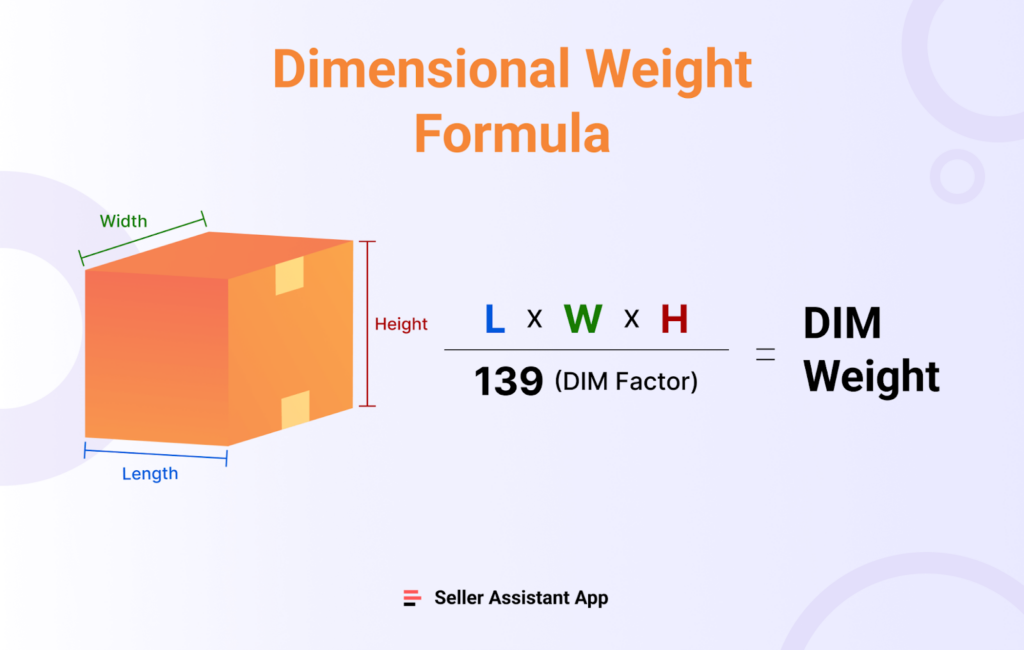
The Payment Method Question
What was asked:
Another client queried about transferring money to their supplier, noting that the link provided by the supplier directed them to a standard bank transfer page instead of the Alibaba Trade Assurance payment method.
What Jordan advised:
Jordan recommended transferring the money directly to the supplier, emphasizing that this was “something a lot of people do now” but provided no reassurance about payment security or recourse options.
What an expert would know:
Experts understand that transferring money outside of a secure platform like Alibaba Trade Assurance exposes sellers to significant risk. Trade Assurance acts as a layer of protection, ensuring funds are only released if the supplier fulfills the agreed terms.
What an expert would say:
“I strongly advise sticking to Alibaba Trade Assurance for your first few orders. It protects your money and holds suppliers accountable. If the supplier insists on a direct transfer, proceed only after verifying their credibility through references or a third-party inspection service. Send me a screenshot of their page, and I’ll help you verify it.”
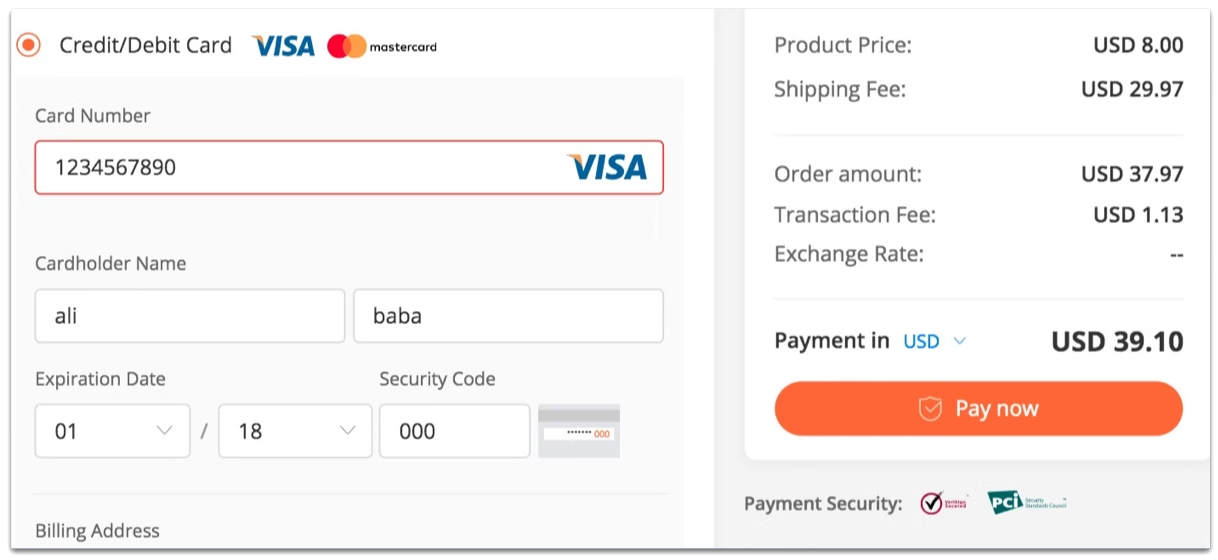
Launching in Canada
What was asked:
A participant considered expanding to the Canadian market but was unsure about its potential and whether they could target French-speaking customers.
What Jordan advised:
Jordan vaguely suggested that Canada’s volume is low compared to the U.S. and mentioned that clients might receive occasional sales from the North American Regional Fulfillment Program (NARF). However, he failed to elaborate on specific strategies for entering the Canadian marketplace.
What an expert would know:
Expanding to Canada requires thorough market analysis, tailored listings, and adjustments for French-speaking regions. Bilingual listings can boost conversions, and sending a small batch of stock directly to Amazon’s Canadian warehouses ensures Prime-eligible delivery.
What an expert would say:
“Canada can be a lucrative market, but it’s essential to assess product demand and competition first. You’ll also want to create bilingual listings to target French-speaking regions effectively. Consider sending a small batch to test the waters while you optimize your ads for Canadian buyers.”
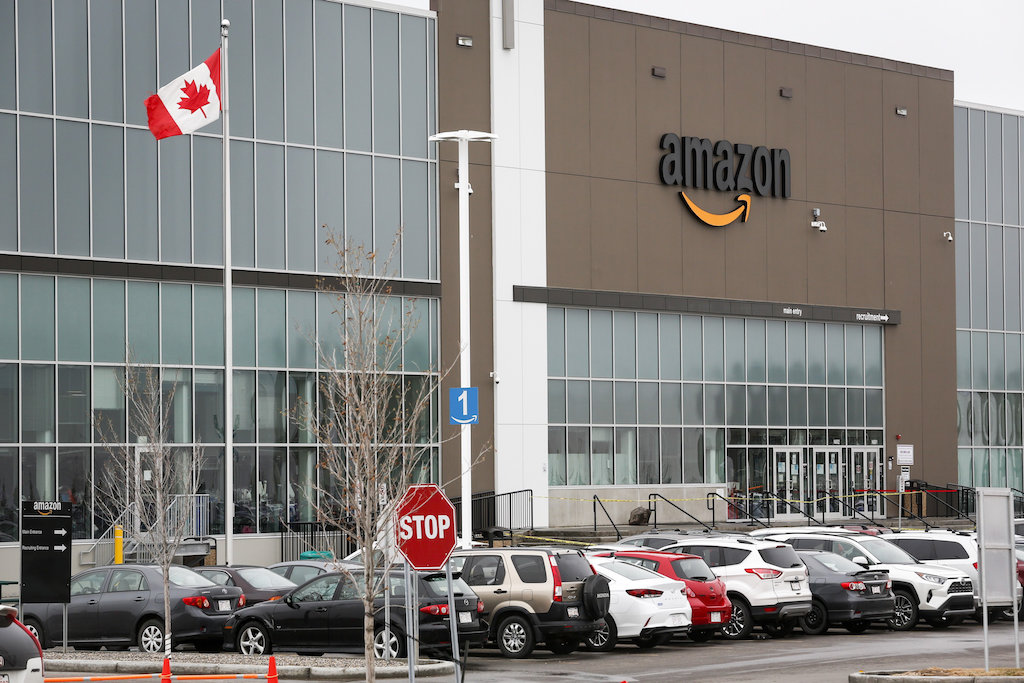
Prime Day Strategy
What was asked:
A participant wondered how to price their product for Prime Day and whether participating in Amazon’s Prime Day discount badge program was worth it.
What Jordan advised:
Jordan gave a generic response about testing price points and suggested launching with a low price to attract buyers. He didn’t touch on how Prime Day discounts interact with profit margins or inventory management.
What an expert would know:
Prime Day is a massive sales opportunity, but heavy discounts can destroy profit margins if not carefully planned. Experts would advise balancing discounting with inventory forecasting to ensure sellers don’t sell out prematurely or lose money on bulk sales.
What an expert would say:
“Participating in the Prime Day badge program can drive massive traffic but remember that the required 20% discount applies to your average price over the past 90 days. Ensure your profit margins can handle the discount. If not, focus on optimizing your listing and running targeted ads to capitalize on increased traffic without the badge.”

Final Thoughts: Does Jordan Measure Up?
Jordan’s advice across these examples falls far short of what clients should expect in a premium mentorship program. Time and again, he offers vague reassurances or generic advice rather than diving into actionable strategies or addressing potential pitfalls.
This lack of expertise raises serious questions about the value clients receive for their significant investment. Paying £6,500 upfront and an additional £150/month for ongoing support demands a higher standard of mentorship. Clients deserve guidance from someone who understands Amazon FBA deeply—not someone who “isn’t sure” or passes the buck to other team members.
For those considering FBA Brand Builder, Jordan’s performance serves as a cautionary tale. If the mentorship team cannot provide clear, informed answers, how can clients trust them to guide their businesses effectively?
And let’s not forget—at the last FBA Brand Builder awards, Jordan snagged Highest Monthly Revenue of the Year for his company, Hydros. Impressive... or is it? 😉
Further Reading:
- The Lack of Expertise in FBA Brand Builder’s Mentorship Team
- Hidden Costs of the Growth Programme: What Darren Campbell Doesn’t Tell You
- How to Spot Red Flags in Amazon FBA Mentorship Programs
This is yet another example of how critical it is to scrutinize what you’re paying for in Amazon FBA courses. Mentorship matters, and Jordan’s guidance makes it clear that FBA Brand Builder’s promises fall short.
